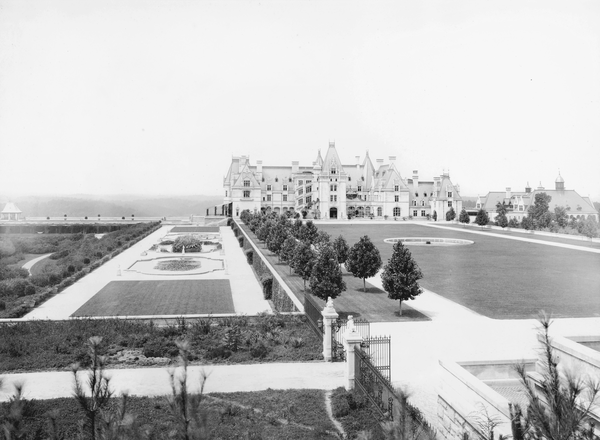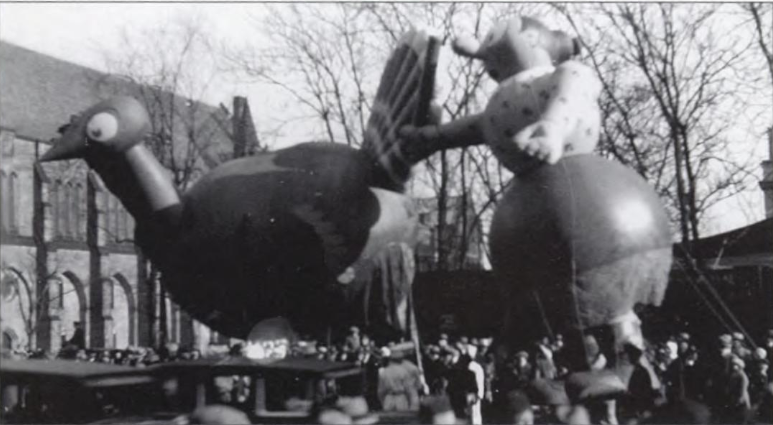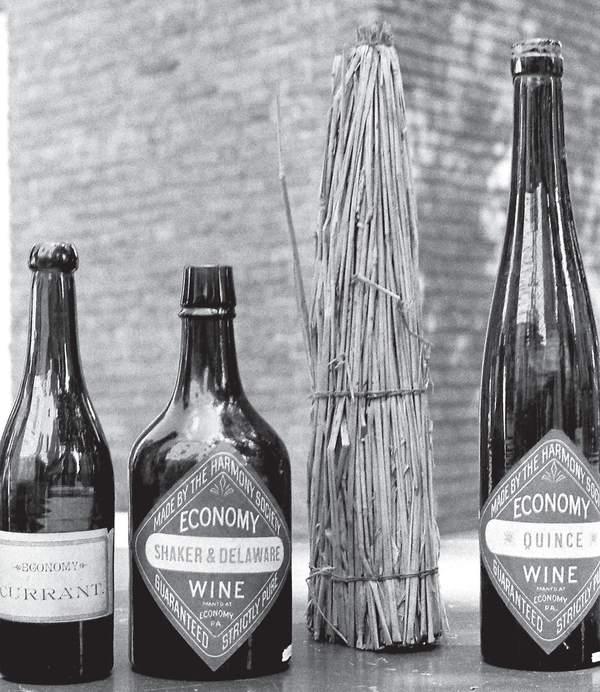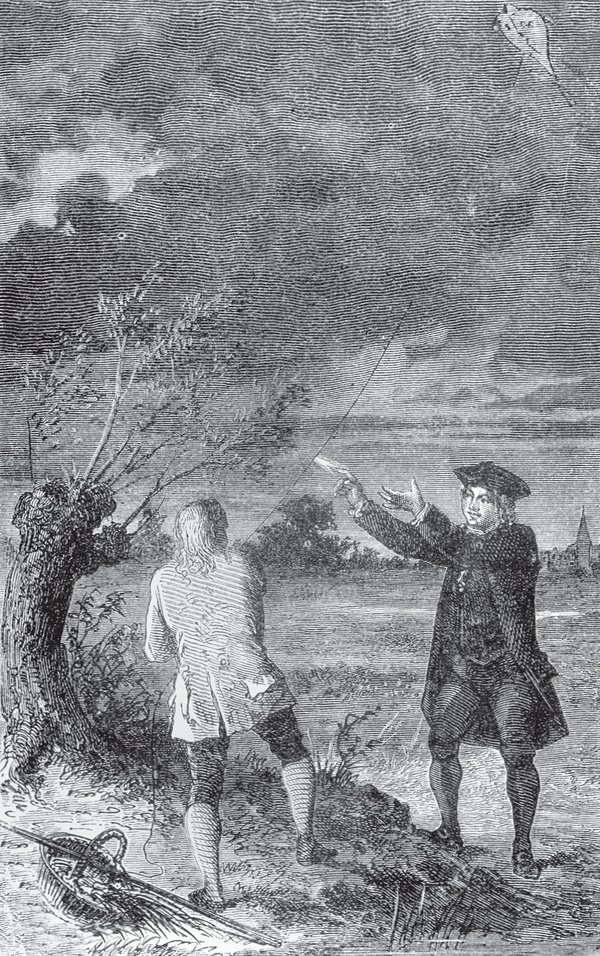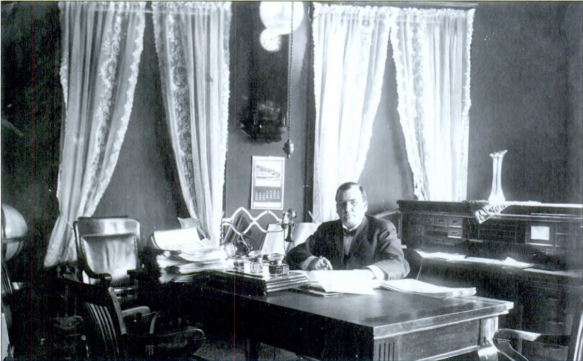Holiday lights, Christmas decorations, and imaginative displays illuminate small downtowns around the country. Many families look forward to driving around town, enjoying holiday music performances and sharing Christmas cheer with their townsfolk.
These 14 small towns take the Christmas spirit to a new level. Each of these unique Christmas celebrations has something incredible to offer, from dazzling Christmas light displays and horse-drawn parades to costume contests and seasonal shopping markets.
Nevada City CA has a long tradition of hosting a 19th-century style Christmas pageant. Residents dress in Victorian outfits and pour into the streets to celebrate the season and shop for unique goodies at the local vendors. You can find items like handmade dolls, pottery, jewelry, Christmas decorations, clothing, and old-fashioned candy.
The Victorian festival features several lights shows as well as live entertainment. Families all over the city, clad in their costumes, take part in carriage rides and gather to meet Father Christmas. The festivities take place on five separate days in December, allowing everyone an opportunity to participate.
The entertainment includes performances by bagpipers, exquisite brass bands, and a slew of Victorian style parade floats and decorations, including gas lamps and Nevada City’s famous Walking Christmas Tree.
Grab some fire-roasted chestnuts and yuletide snacks and celebrate some holiday cheer with your whole family.
This magical mash of festivities stretches over the course of three weekends in December and includes countless hours of fun for everyone. The extended celebration consists of over 30 different activities catering to children and adults alike. Children enjoy breakfast and dinner with Santa, festive arts and crafts with Mrs. Claus, face painting, Christmas carols, the Festival of Lights, and an annual holiday theatre production at a local school’s auditorium. Adults can celebrate their Christmas cheer during the annual 5k event, the merry wine tasting events, the holiday-themed golf scramble, and much more.
Several spirited events take place throughout an extended Thanksgiving-to-Christmas holiday season observed in Christmas Town USA. The town plaza hosts the official lighting ceremony. The local elementary school elects one student to pull the switch, igniting more than 500,000 lights decorating trees, houses, and businesses in happy holiday colors.
The town also holds an annual 5k charity event the Saturday after Thanksgiving, where runners participate in a costume contest, and the race sponsors invite spectators to a holiday-themed post-race party! The party includes Christmas themed music and entertainments as well as yummy seasonal snacks.
The town of McAdenville also hosts an annual Yule Log Parade, a yearly occurrence since 1950. The parade consists of children pulling the Yule log through town on a sled, along with games and other celebratory events. The children drag the Yule Log to Legacy Park, where adults position it in a fire pit built specially for the event and set it on fire.
This event officially opens the beginning of the Christmas Festival, with music, crafts, food, and of course, an appearance by Santa Claus himself.
McAdenville, North Carolina is a small town with a big holiday heart.
The Festival of Trees, a bright, shiny, seasonal event, takes place annually in Bedford, Virginia. Residents sign up to display a decorated Christmas tree in the Bedford Welcome Center during December. Each year, the town chooses a new theme for the festival, and decorate the holiday trees accordingly. Families get to participate in the festivities and pay a small fee to vote for the best-decorated tree.
After the festival, the owners of the winning trees choose the charity to donate the voting fees.
This Festival of Trees, visual fun for the entire family, provides an opportunity for all to participate in the charitable side of the spirit of Christmas.
This annual celebration features the spectacular Lions Club Parade, an event that grandparents, mom, dad, and little ones can enjoy together. The massive parade includes more than 100 different entries each year.
Expect to see several talented marching bands, fire trucks, emergency responders, elected officials, cheerleaders and tumblers, decorated animals, beauty queens, brightly lit floats, and, of course, Santa Claus! The event includes street vendors serving refreshments, festive music, and an entire crowd of people who share your love and enjoyment of Christmas cheer!
Christmas in Leavenworth is no ordinary holiday event. In this historic Washington town, the entire family can enjoy the countless opportunities made available by the community to spread joy and the Christmas spirit. The town has a Nutcracker museum which displays nutcrackers from more than 40 countries around the world. Christmas festivities also include a Lighting Festival, with brilliantly lit trees and decorations. Cheerful marching bands play Christmas carols as well as local talent acts displaying magical holiday cheer. When the parade is over, Santa Claus arrives to join in the festivities, with photo opportunities for children and their families.
Later in the evening, the entire family can enjoy the famous Christmas in the Mountains concert which showcases local talent and encourages the crowds to sing carols along with the bands. For added holiday fun that will keep the whole family active, the local Mission Ridge Ski Lodge opens for the season, and the community partakes in activities such as snowboarding, sledding, sleigh rides, tubing, and snowshoeing.
This small-town event never has a small turn out! Residents of Prosperity, South Carolina eagerly attend the town’s Shopper’s Walk On the first Saturday in December every year. This event allows families to get in the bulk of their holiday shopping early while enjoying the local entertainment and snacks from festive street vendors.
Participating business offer a special Shopper’s Walk retail event full of discounts and sales, making Christmas shopping fun and easy for everyone. The community lines the streets with holiday lights and Christmas cheer, making it more than just a shopping event.
The annual Christmas Tree Lighting celebration also takes place during the Shopper’s Walk event. The town’s Christmas tree, positioned in the Town Square, is lit in the early evening. This ceremony includes holiday-themed carols sung by the local high school chorus, with residents singing along and watching by candlelight.
The Prosperity Christmas Parade takes place on the Sunday following the lighting celebration and the annual shopping. The parade features sparkling floats, clowns, and musical acts, as well as an appearance by Santa. Prosperity, South Carolina hosts an entire month of events that are sure to get the whole family into the Christmas spirit.
Woodstock, Vermont has an intriguing history, which directly relates to its incredible annual Wassail Weekend Christmas celebration. The celebration includes access to the town’s beautiful, historic homes, decorated to match the winter festivities. Residents attend breakfast with Santa Claus, take part in caroling, join to make ornaments, and gather in the streets to experience Woodstock’s horse-drawn Christmas parade. The entire town attends this three-day festival event.
Decorated from top to bottom in shining tinsel and colorful lights, the Billings Farm and Museum, hosts residents and visitors taking part in the seasonal arts and crafts displays, serves delicious festive food and provides a great place to hang out.
The celebration takes place during the second weekend of December every year, and many East Coast residents regard it as one of the best Christmas celebrations in all New England.
This unique, wintry activity brings the entire community together to share their Christmas cheer. The tradition was started in 1962 when the small community, in the spirit of Christmas, decided to display matching candy cane décor. Today, the community comes still together every year in celebration, and selective neighborhoods craft an annual Christmas theme.
Sometimes as many as 20 neighborhood streets adopt themes such as “Disney Christmas” and “Candy Land” and then light up their yards respectively. The entire community enjoys the magical lights and animated Christmas themes throughout December.
The city of Huron awards a “Clark Grizwald Award” to the best lit residence every year.
This festive celebration in small town Elkhorn, Wisconsin provides a weekend of holiday fun for the entire family. The celebration starts with the town Christmas tree lighting ceremony, where Santa Claus gets the honor of turning on the lights for the first time. Afterward, Santa retreats to the public library where boys and girls queue up to tell him their Christmas wishes. The following day Mrs. Claus joins her husband in the Annual Christmas Card Town Parade, which is full of music, lights, and holiday cheer.
The free hot chocolate, cookies, and the cozy small-town feel make Christmas in Elkhorn an extra special event for all attendees.
The town gained its nickname when a New York artist, Cecile Johnson, chose the quaint setting for a series of snowy paintings. Later, a publishing company published a collection of Christmas cards which displayed the paintings. Thus the city earned the label “Christmas Card Town.”
The City of Lights Festival kicks off the Holiday season in this Mississippi small town every year. Residents from surrounding areas, including Jackson, Mississippi, flock to the scene with their families to spread their holiday cheer. The festival includes a brightly lit town square, displaying over 200,000 twinkling lights. Other activities include a Santa’s Workshop and an opportunity for children to sit on Santa’s lap and spill their holiday wish list.
The City of Lights Festival is jam-packed with festive foods, horse-drawn carriage rides, and children’s crafts and games. Canton’s famous animation museum takes part in the festivities as well, decorating itself with a special collection of lights and colors and allowing free access to the public.
The festival runs through December, ending two days before Christmas. The city turns on the lights every evening at 5 p.m.
The small town of Zoar, Ohio offers a unique old-fashioned Christmas experience that includes classic German Christmas decorations, live musical entertainment, a craft show, seasonal treats, and much more. Zoar’s celebration features a traditional German appearance by Belsnickle and Kris Kind. The town where with blacksmiths and craftsmen toiled and sold their wares relives its old traditions by inviting folk artists and crafters to display their talents and sell homemade goods.
The Christmas celebration takes place over two days. The city encourages residents and visitors to enjoy horse-drawn carriage rides through the brightly lit village streets. The Zoar United Church of Christ holds an open candlelight church service for all.
Following the service, the town lights their Christmas tree at the Historic Zoar Garden. There is a variety of activities for children, making this weekend-long celebration the perfect Christmas outing for the entire family.
Colonial Williamsburg’s Grand Illumination allows participants to travel back in time to experience how the Colonists celebrated the holidays. Events include caroling, concerts and musical performances and storytelling. Enjoy some traditional fayre in their one of the celebrated taverns, and incredible fireworks displays at the Capitol and Governor’s Palace.
Nearby Busch Gardens’ Christmas Town hosts a Santa’s workshop, and at dusk, the park comes alive with millions of twinkling lights.
This charming Victorian town is better known as home to Skidmore College and horse racing, but it transforms to a child’s winter wonderland between Thanksgiving and Christmas. The vintage Saratoga and North Creek Railway operates the popular Polar Express train for excited pajama-clad youngsters who adore the story and want to recreate the experience.
Christmas time brings joy to everybody, but some small towns pull out all the stops when celebrating the holiday. These 14 communities proudly showcase their history and traditions while spreading some holiday cheer through games, entertainment, food and of course dazzling twinkling lights.


